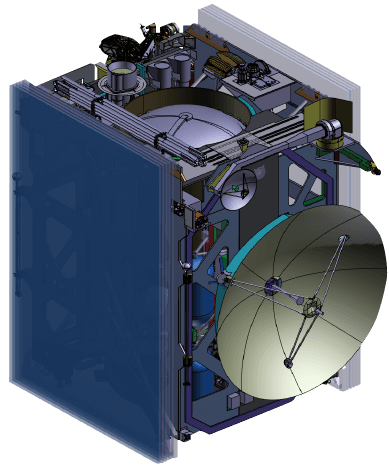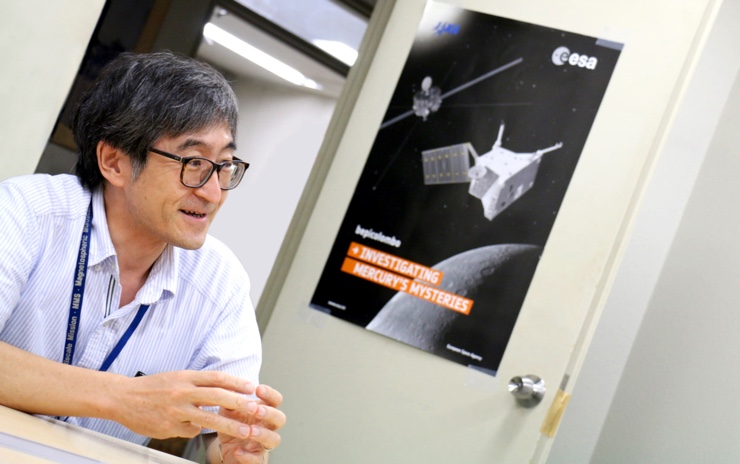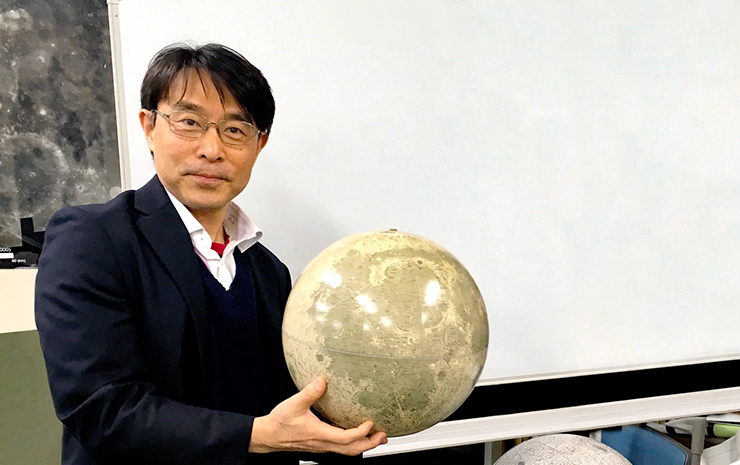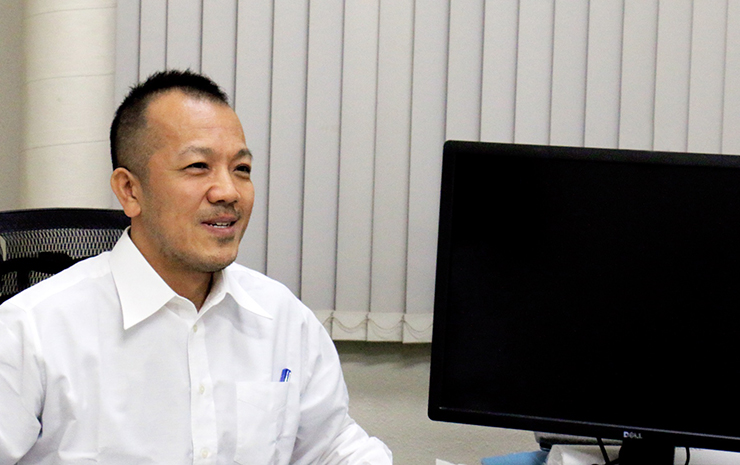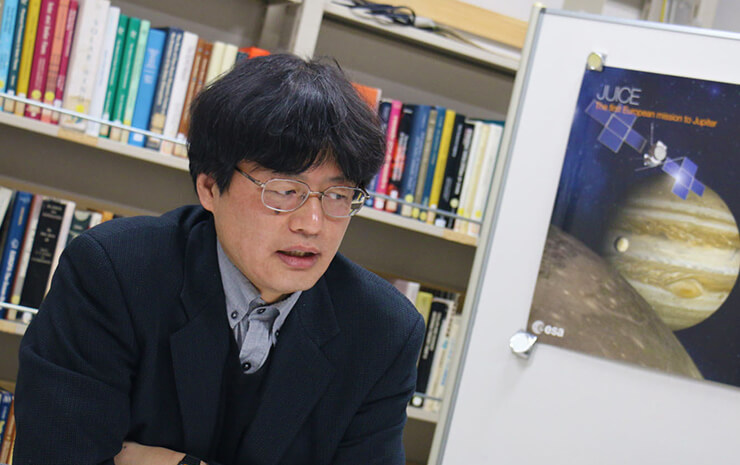JUpiter Icy moons Explorer, is an international spacecraft exploration to the Jovian system, led by ESA (European Space Agency) in collaboration with Japan, the United States, and Israel.
The spacecraft will be launched in 2023 and will arrive at the Jovian system in 2031. In 2034, it will enter orbit around Ganymede. The JUICE mission is our "great journey" to the outer Solar system.

To Solve the Mystery on the Origin of Our Solar System
How did our Solar System form? Where did Earth's atmosphere and water come from? Jupiter may be a key to solve these questions. Jupiter is 300 times heavier than Earth and is the largest gas giant in the Solar System. Owing to Jupiter's strong gravity, the structure of our Solar System has been determined in the early Solar System.
When and how did Jupiter form? Since Jupiter has a dense atmosphere, direct observations of Jupiter’s building materials are difficult. However, its moons are thought to have formed from the same building materials. JUICE will investigate the chemistry of a geologically non-active, Jovian icy moon, Callisto, which is a “fossil” to reveal the origin of the Jovian system.
Search for Extraterrestrial Life
Jovian icy satellites look like snowballs in the space, but their interiors can be heated by Jupiter’s strong gravity and radioactive elements within the rocky cores. Some of the geologically-active icy moons would possess liquid subsurface oceans. Does Europa or Ganymede have subsurface oceans? Is the oceanic chemistry similar to that of Earth? The JUICE mission will address these questions concerning the habitability of the icy moons.
The Most Powerful Accelerator in the Solar System
Jupiter is a dynamic planet. Jupiter’s magnetic field rotates at a high velocity. The magnetic field of Jupiter accelerates surrounding plasma from the Sun and causes large-scale aurora. The JUICE mission aims to clarify the dynamics and physical mechanisms of the dynamic phenomena.













